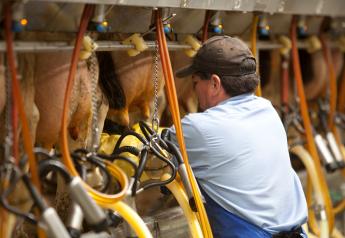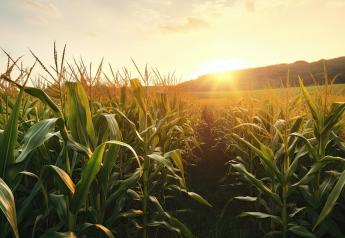Virtual fencing for cattle management

We’re all familiar with “invisible fence” devices used to train dogs to stay within pre-set boundaries. A new California-based company aims to market similar, but enhanced technology to cattle producers, intending to reduce fencing expenses while improving range management and potentially monitoring animal health.
According to the manufacturer, Vence, the system uses a wearable device that fits over an animal’s ear and produces vibrations, sounds and low-voltage shocks to regulate cattle movement. Ranchers can monitor animals and control their movements system using a smartphone app to change grazing boundaries as desired. The system can facilitate grazing systems such as rotational or strip grazing by moving cattle and specifying where they graze electronically, eliminating the labor and fencing challenges typically associated with those practices. The company claims the system can reduce rotational grazing costs by 30%.
The system also could simplify excluding cattle from riparian areas or other sensitive environments.
In addition to grazing management, the system can, by monitoring cattle movement and behavior, provide early warnings for sickness, estrous cycles or calving problems.
According to news reports, Vence has raised $2.7 million in new funding to further develop the product and bring it to market in the U.S. cattle industry.
Learn more from the Vence website.







